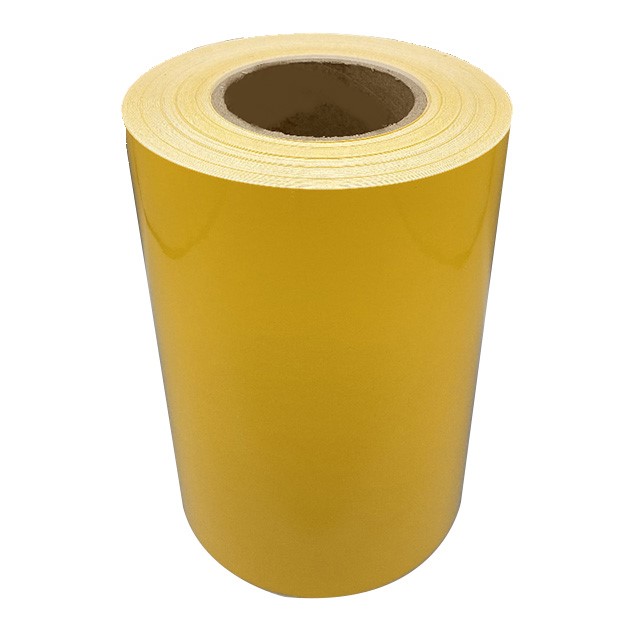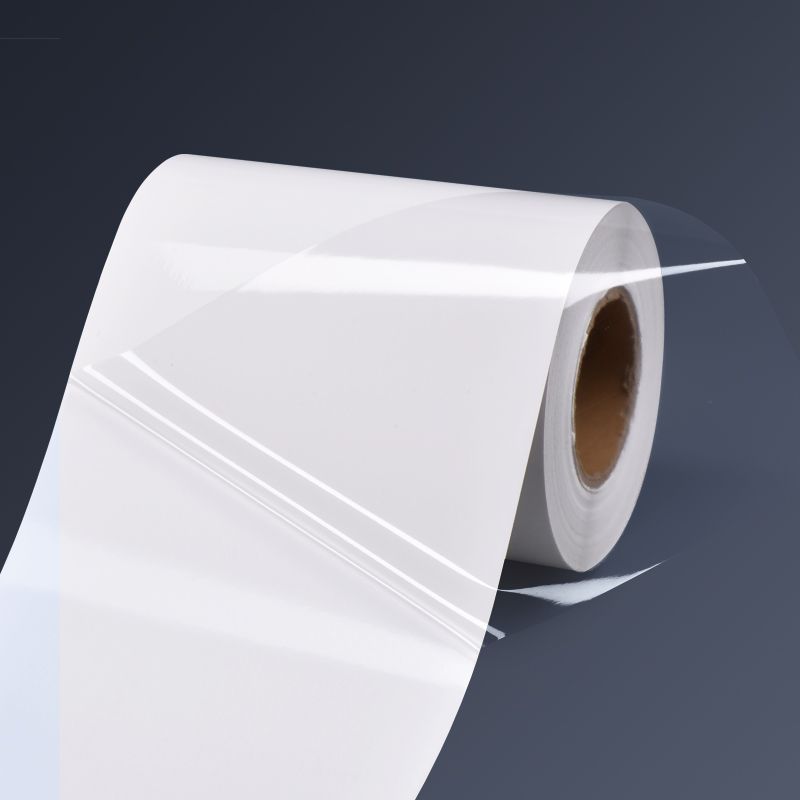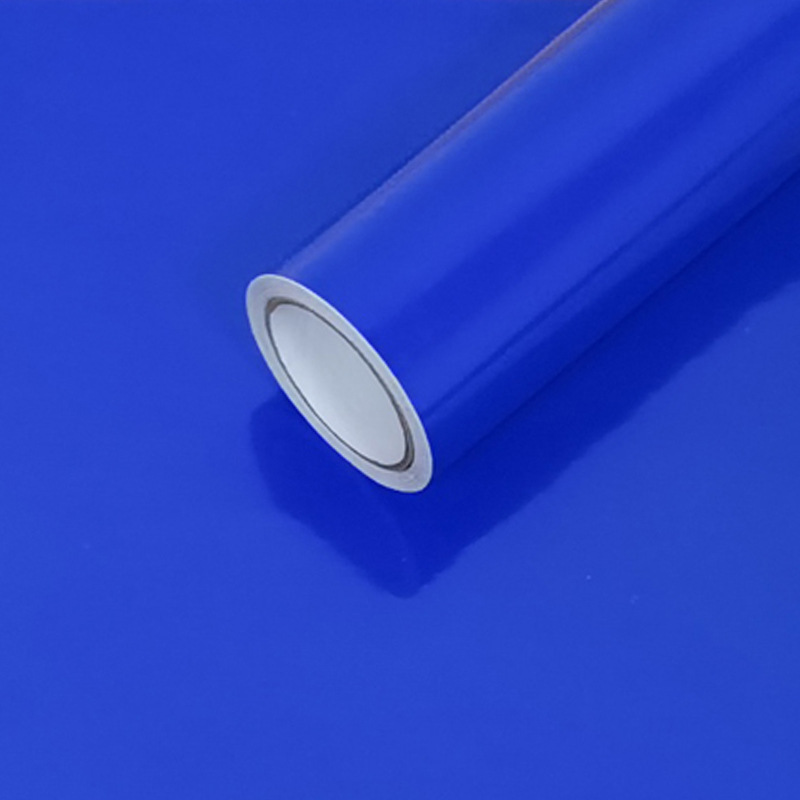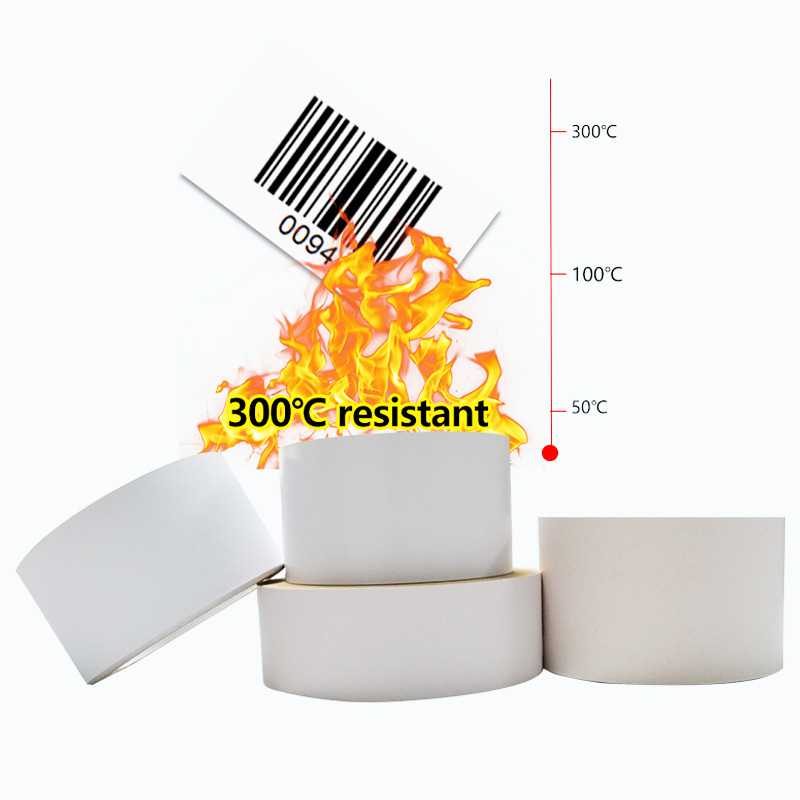
What are the differences between the printing of self-adhesive labels and traditional label printing?
Adhesive, also known as self-adhesive label material, is a composite material made of paper, film or special materials as the fabric, with adhesive coated on the back and silicon coated protective paper as the base paper
When applied, simply peel off from the base paper and press lightly to apply it to the surface of various substrates. It can also be automatically labeled on the production line using a labeling machine
Compared with traditional labels, self-adhesive labels do not need to be painted, pasted or dipped in water. They are pollution-free, save labeling time, and are convenient and fast to use in various occasions
Various types of labels made of different fabrics, adhesives, and substrates can be applied to materials that general paper labels cannot handle. It can be said that self-adhesive labels are a versatile type of label
The printing of self-adhesive labels is very different from the traditional printing. The self-adhesive labels are usually printed and processed on the label linkage machine, and multiple processes are completed at one time, such as graphic printing, die-cutting, waste disposal, cutting or rewinding
One end is the input of raw materials for the entire roll, and the other end is the output of finished products. Finished products are divided into single sheet or roll labels, which can be directly applied to the goods
So, the printing process of adhesive labels is more complex, and the requirements for equipment performance and printing staff quality are also higher
Adhesive label manufacturers consider the type, grade, quality, surface characteristics, usage environment, and user requirements of the labeled object comprehensively
If a label made of transparent polypropylene adhesive is applied to a transparent bottle, it can create a stylish feeling without labels, improve the quality of the product, and stimulate consumers' desire to purchase
Fundamentals of Adhesive Labels
Adhesive labels are a composite material made of thin film or special materials, with adhesive coated on the back and silicone protective paper as the base paper. After printing, die-cutting and other processing, they become finished stickers. When applied, it only needs to be peeled off from the base paper and lightly pressed to stick to the surface of various substrates. It has the advantages of no need to brush glue, no pollution, and saving labeling time. It is convenient, fast, and has a wide range of applications.
Suitable for food and catering, medicine and medical care, personal care, petrochemicals, household goods, electronic appliances and peripheral equipment, communication, automobiles, other equipment/instruments, closely related to our food, clothing, housing, use, and transportation.
What should I do if there is glue overflow on summer adhesive labels?
1. Environmental control: Maintain appropriate temperature and humidity to avoid an increase in adhesive fluidity.
2. Material selection: Consult suppliers to choose suitable adhesive materials, pay attention to seasonal differences, and reduce inventory.
3. Processing and storage: Avoid cutting with blunt edged blades, control cutting pressure, and store in a dry environment.
4. Adhesive overflow treatment: eraser wiping, hot air softening, solvent dissolution, professional adhesive remover, frozen scraping, pay attention to methods and safety.
5. Preventive measures: Avoid excessive pressure, clean the back of the label, and use a reliable labeling machine.
In summary, efforts need to be made from multiple aspects such as environment, materials, processing, treatment, and prevention to reduce the problem of adhesive overflow on summer self-adhesive labels.
What are the benefits of laminating adhesive labels?
1. Protective effect: The film coating makes the surface of the label smooth, scratch and abrasion resistant, and UV resistant, keeping the label clear and bright.
2. Increase glossiness: Improve product aesthetics and enhance customer experience.
3. Waterproof and anti fouling: maintain good performance, easy to clean and maintain.
4. Improve printing quality: The patterns are clearer and more vivid.
5. Improve durability: Extend the lifespan of the label and resist external influences.
6. Increase usability: Easy to stick to surfaces of various materials.
In summary, adhesive label lamination has significant benefits in multiple aspects, adapting to various complex environments and application needs.
How to choose the appropriate adhesive paper label correctly?
The particularity of self-adhesive paper labels varies among different industries and products. Therefore, for businesses, it is particularly important to choose adhesive labels that are suitable for themselves. In addition to knowing the structure of adhesive labels, it is also necessary to know how to correctly select suitable adhesive labels. We can start from these aspects:
First aspect: Familiarity with the material of one's own product
Because self-adhesive labels are adhesive, they need to be determined based on the adhesive surface of the product. Such as glass, metal, cardboard, and plastic. Adhesive labels are roughly divided into paper and film adhesive labels. Paper adhesive labels are mainly used for liquid detergent products and popular personal care products< br /> Thin film materials include white, matte, and transparent, mainly used in high-end daily chemical products. So when choosing adhesive labels, it is important to determine which material to use based on the adhesive surface of your product
Second aspect: Determine specifications based on product shape
The size specifications of the label paper should be determined based on the shape of the product surface, such as the distinction between flat and curved surfaces, to avoid being too large for printing equipment to support and causing waste, and too small to meet the needs< br /> In addition, if the product surface has a certain curvature (such as the surface of a bottle with a smaller diameter), the label needs to have good adhesion
Third aspect: Combining the storage conditions of the product
Choose according to the storage requirements of the product. The storage requirements and environmental conditions of different products vary greatly, and the storage environment and temperature will affect the adhesion of the adhesive label, such as whether the adhesive label is used outdoors, in high temperatures, humid environments, or under UV light. Choose suitable adhesive labels according to different storage environments
In short, different products have different requirements for self-adhesive labels themselves. We need to make targeted choices based on the characteristics of our own products. If you want to learn more about self-adhesive label materials, you can consult us
We offer comprehensive technical support, including free professional labeling solutions, advice on label materials and adhesive selection, as well as online/offline assistance from professional software and hardware engineers. Service email: andy@ownlikes.cn. In pre-sales, we leverage our extensive experience in specialty labeling projects to provide clients with the most suitable hardware solutions. Additionally, all our label barcode printers and scanners come with a three-year free warranty, demonstrating our confidence in our products.






This site is protected by reCAPTCHA and the Google Privacy Policy and Terms of Service apply.